As a product manager, you constantly work with a lot of data and need to stay up-to-date on everything to generate fresh ideas.
It’s challenging to balance product development with other responsibilities, which is where AI tools can help by automating routine tasks.
Product managers who’ve embraced AI are zooming past the competition, while the holdouts are still trying to decipher their own handwriting in meeting notes. (No judgment, we’ve all been there.)
The benefits? Oh, just little things like saving time, better decision-making, and predicting user behavior with the accuracy of a fortune-teller on steroids.
So, buckle up, buttercup – we’re about to take a wild ride through the best gen AI tools for product managers.
The Best AI Tools for Product Managers
Alright, drum roll please! Here’s a curated list of the top AI tools that every product manager should consider adding to their toolkit:
- TubeOnAI: Automate content creation and repurposing
- Productboard: Centralize and prioritize customer feedback
- Amplitude: Analyze user behavior and predict actions
- UXCam: Visualize user interactions and detect UI issues
- Craft.io: Streamline product strategy and road mapping
- Otter.ai: Transcribe meetings and create searchable archives
- Grammarly: Enhance writing quality and consistency
- Miro: Facilitate remote collaboration and ideation
- Typeform: Create engaging surveys and collect user data
- Lobe: Develop custom machine learning models without coding
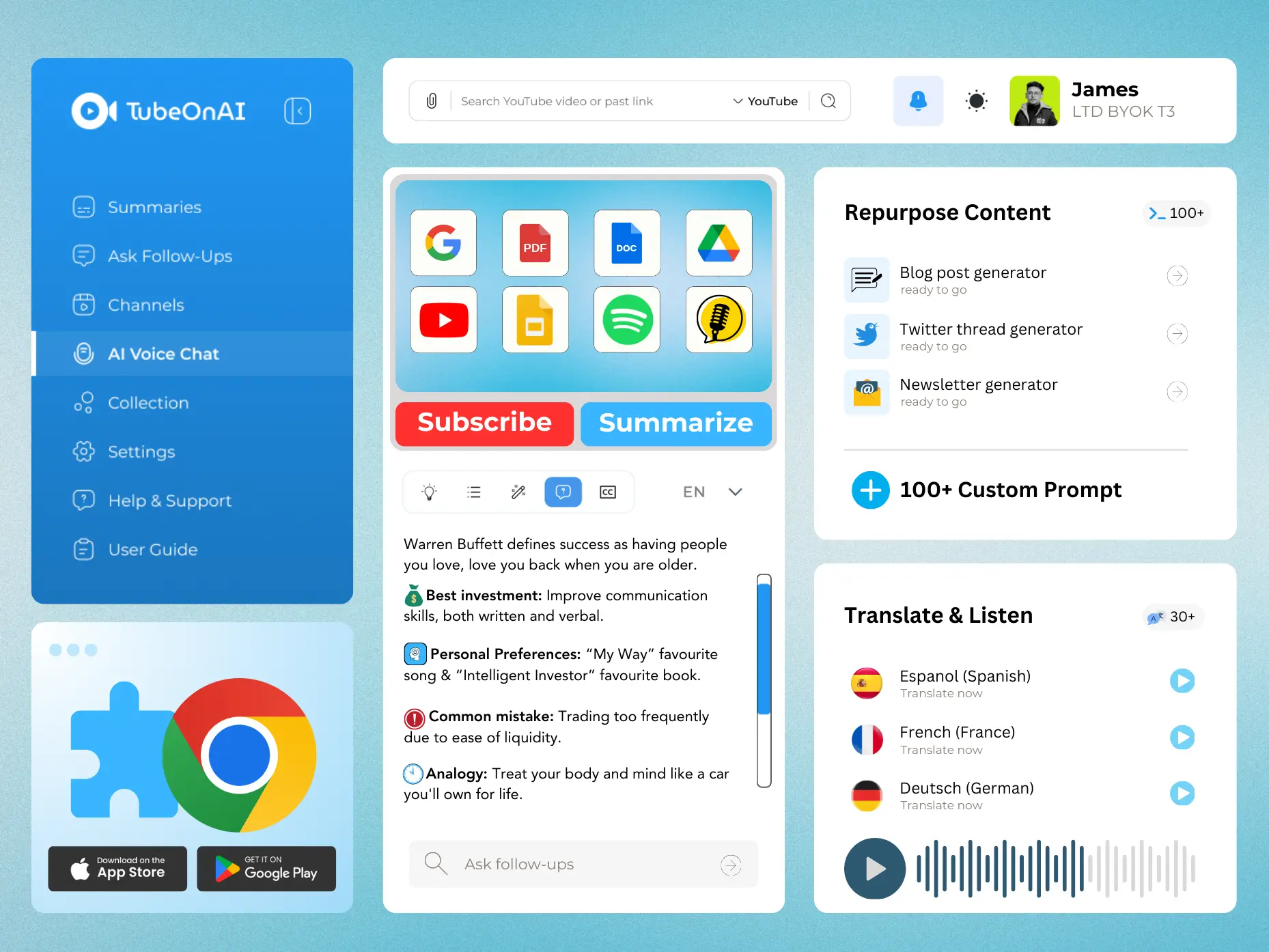
TubeOnAI
Imagine having a witty intern who could whip up content faster than you can say “pivot.” That’s TubeOnAI, your AI-powered content creation associate.
Key Features:
- Transforms long-form content, like YouTube videos and podcasts, into snackable social media posts.
- Generates video scripts that actually sound human.
- Creates SEO-optimized blog posts in a fraction of the time.
- Supports multilingual content creation to connect with a global audience.
Real Limitations:
- Struggles with nuanced brand voice, especially for established brands
- Misses cultural references or current events, requiring careful editing
- Can produce repetitive content if not given varied inputs
Pro Tip: Feed TubeOnAI a mix of your best-performing content and your company’s style guide. Then, use its output as a starting point, not a final draft.

Productboard
If Productboard were a person, it’d be that data-obsessed friend who can find patterns in chaos.
Key Features:
- Centralizes customer feedback from multiple channels
- Prioritizes features based on strategic impact and user demand
- Creates visual roadmaps for stakeholder alignment
Real Limitations:
- Can be overwhelming for small teams or simple products
- Requires consistent input and maintenance to be truly effective
- Risk of over-relying on data at the expense of vision and intuition
Pro Tip: Use Productboard to validate ideas, not just generate them. Your product intuition still matters.
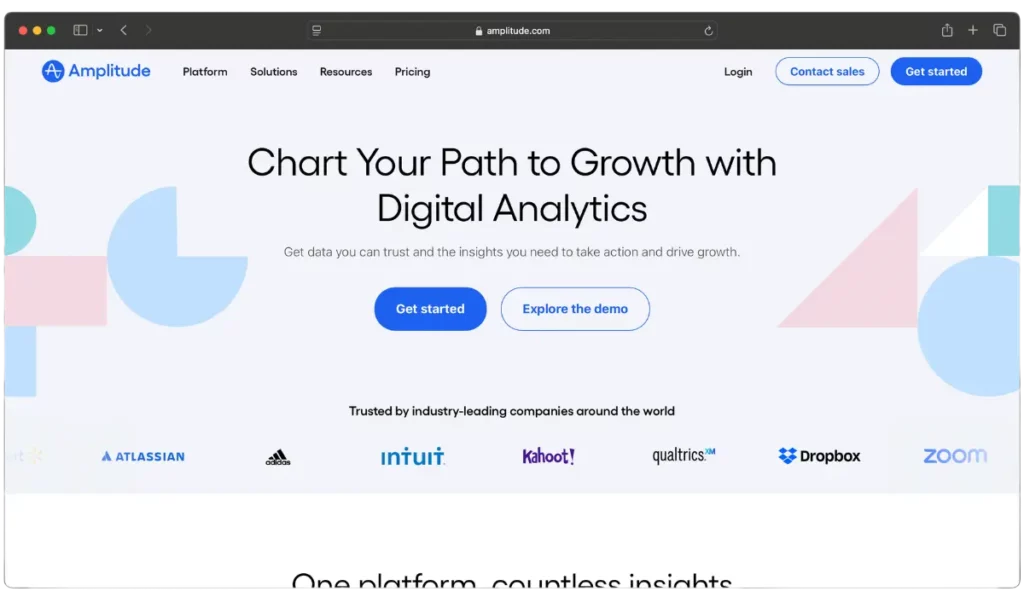
Amplitude
Amplitude is like that friend who always knows the gossip, except instead of office drama, it’s juicy user behavior data.
Key Features:
- Tracks user behavior across platforms with granular detail
- Provides predictive analytics to forecast user actions
- Offers cohort analysis to understand different user segments
Real Limitations:
- Steep learning curve; can be intimidating for non-technical team members
- Risk of analysis paralysis due to the sheer volume of data
- Requires careful setup to track meaningful events and properties
Pro Tip: Start with tracking a few key events really well, rather than trying to track everything at once.
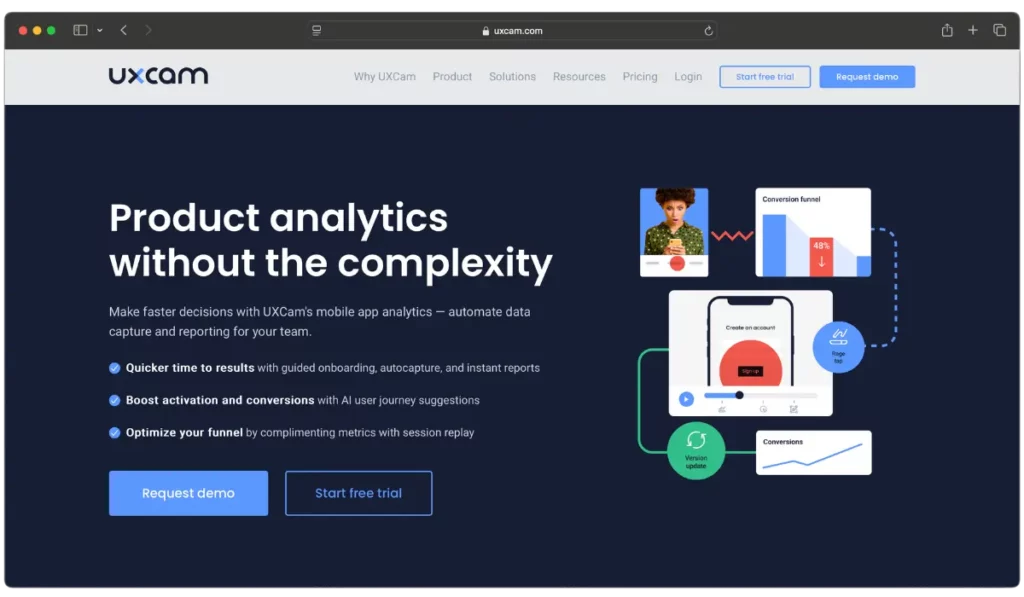
UXCam
UXCam is like having a magnifying glass for user behavior. It lets you see all the tiny details – sometimes more than you might want.
Key Features:
- Records user sessions for direct observation
- Generates heatmaps to visualize user interaction patterns
- Automatically detects UI issues and rage taps
Real Limitations:
- Privacy concerns can deter some users, impacting adoption rates
- Generates massive amounts of data, which can be time-consuming to analyze
- This may lead to the over-optimization of minor issues at the expense of the bigger picture
Pro Tip: Use UXCam to validate specific hypotheses about user behavior, rather than aimlessly watching sessions.
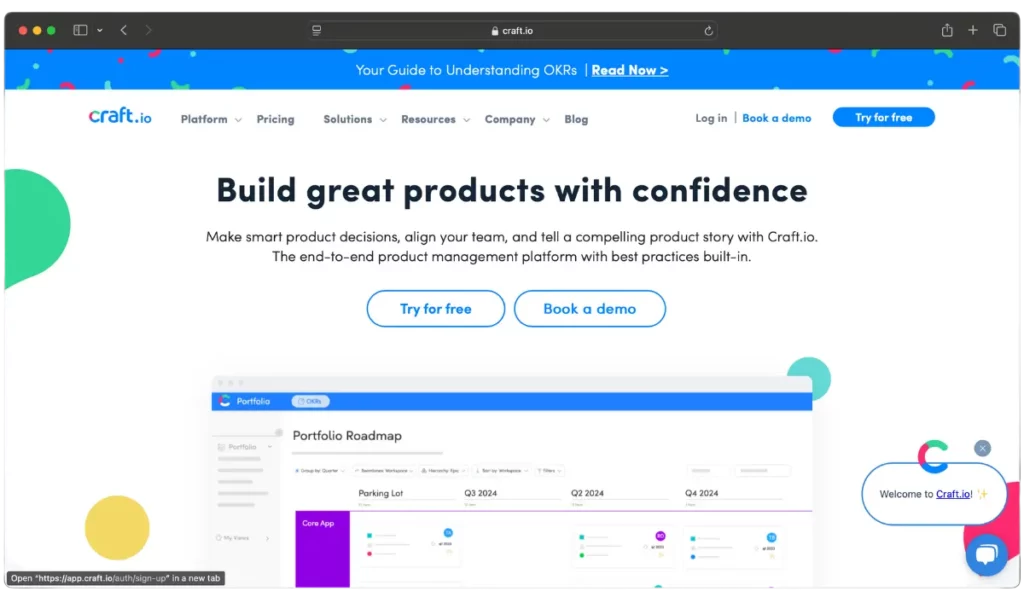
Craft.io
Craft.io is like Mary Poppins’ bag – it seems to have everything you need for product management. Versatile, but you might not need all those tools.
Key Features:
- Offers tools for strategy, prioritization, and road mapping
- Facilitates collaboration across product, design, and development teams
- Integrates with popular tools like Jira and Slack
Real Limitations:
- Can be overkill for smaller teams or straightforward products
- Requires buy-in and consistent use from the entire team to be effective
- Risk of getting bogged down in process rather than execution
Pro Tip: Start with the core features you need, and gradually expand usage as the team sees value.
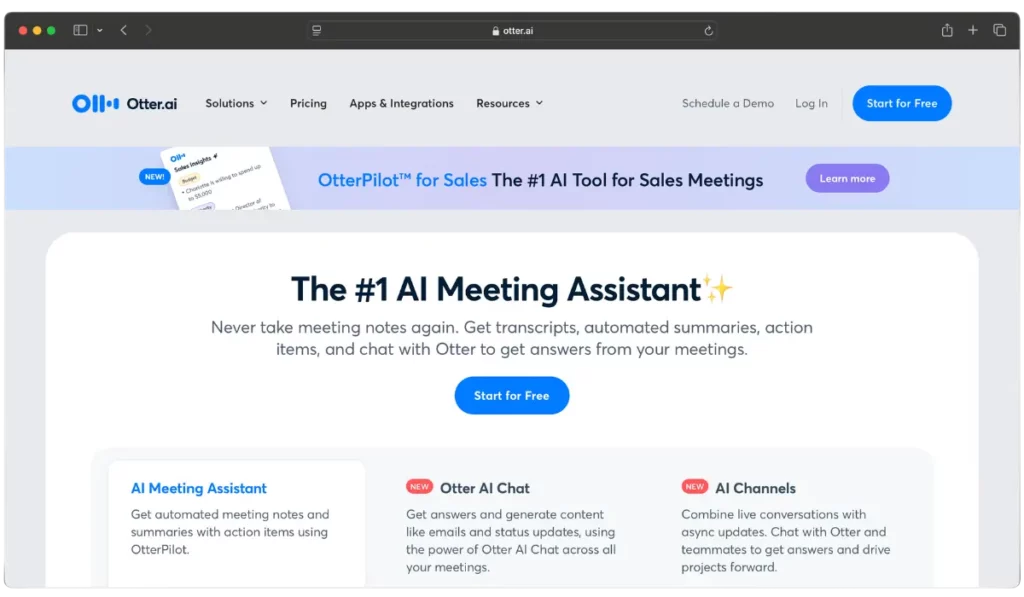
Otter.ai
Otter.ai is like having a court reporter for every meeting, minus the formal attire and judgmental looks.
Key Features:
- Transcribes meetings in real-time with impressive accuracy
- Distinguishes between speakers for clear, attributable notes
- Provides a searchable archive of all transcribed content
Real Limitations:
- Struggles with heavy accents or industry-specific jargon
- This can lead to reduced active listening if team members over-rely on transcripts
- Privacy concerns in confidential meetings or when discussing sensitive topics
Pro Tip: Use Otter.ai for creating a searchable knowledge base of meetings, but encourage team members to take their notes for better engagement and retention.
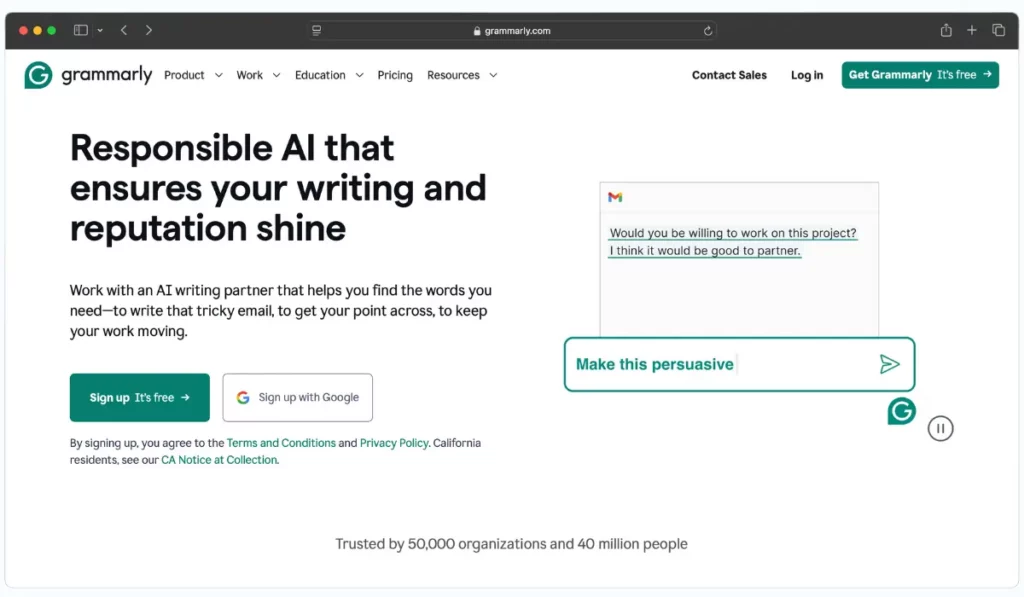
Grammarly
Grammarly is like having an English teacher living on your computer, minus the red pen and disapproving looks.
Key Features:
- Checks spelling, grammar, and punctuation in real-time
- Suggests style improvements for clarity and impact
- Offers tone detection to ensure your message strikes the right chord
Real Limitations:
- Can be overzealous with suggestions, sometimes at the expense of personal style
- Struggles with highly technical or industry-specific content
- May cause paranoia about every single comma and the.
Pro Tip: Use Grammarly as a first pass for obvious errors, but always review suggestions critically, especially for important documents.
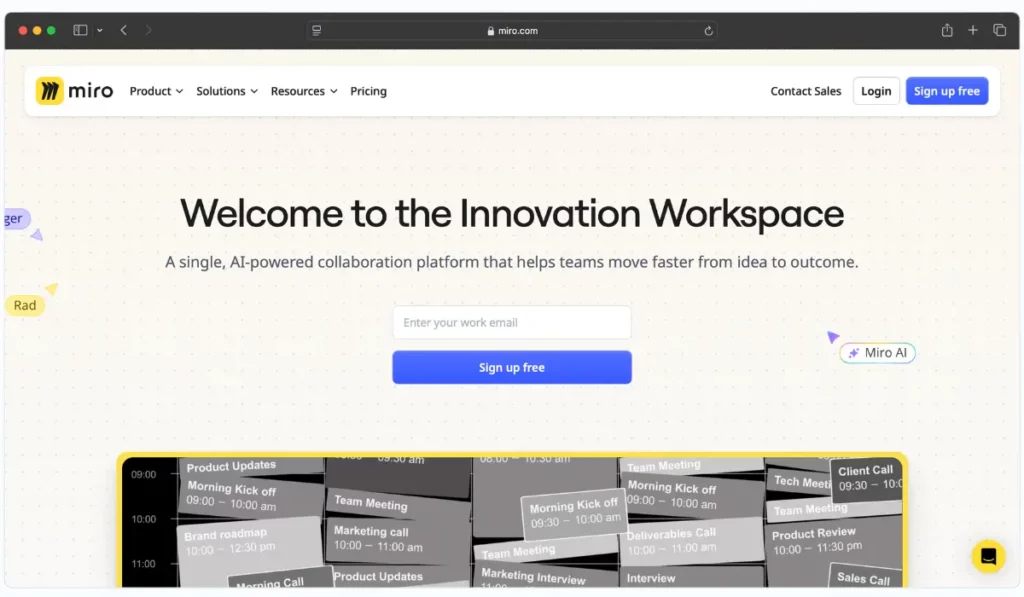
Miro
Miro is like having an endless whiteboard that never runs out of space or gets those annoying permanent marker stains.
Key Features:
- Provides an expansive digital whiteboard for brainstorming and planning
- Offers real-time collaboration features for remote and hybrid teams
- Includes templates for various product management activities
Real Limitations:
- Can become chaotic and disorganized without proper structure
- May be overwhelming for team members who prefer linear thinking
- Risk of getting lost in the ideation phase without moving to execution
Pro Tip: Establish clear conventions for your Miro boards, including a system for archiving old content and highlighting active areas of focus.
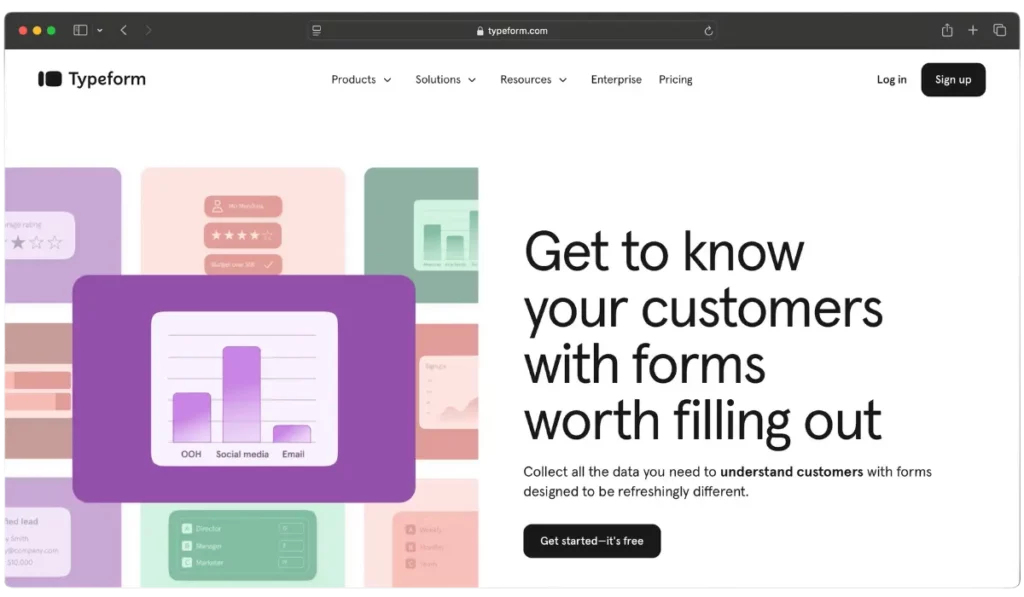
Typeform
Typeform is a smooth-talking survey tool that makes answering questions feel less like a chore and more like a conversation.
Key Features:
- Creates visually appealing, interactive surveys
- Offers conditional logic for personalized survey experiences
- Provides robust analytics on survey responses
Real Limitations:
- The focus on aesthetics can sometimes overshadow survey best practices
- Limited options for complex question types or advanced survey logic
- Can be overkill for simple, quick polls or internal surveys
Pro Tip: Use Typeform’s aesthetic appeal to boost completion rates, but don’t let it distract you from solid survey design principles.
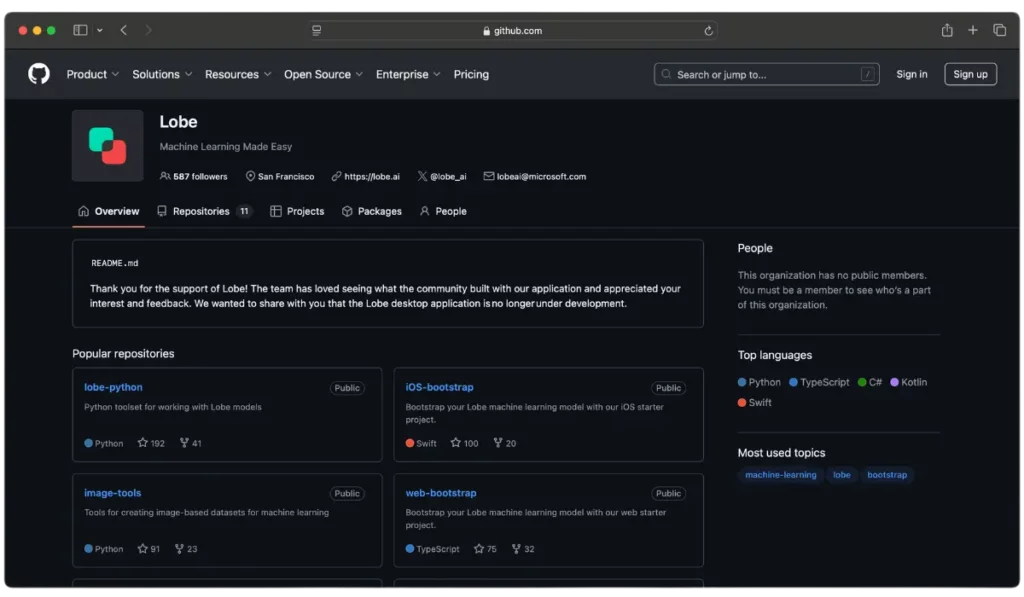
Lobe
Lobe is like having a friendly AI tutor who teaches you machine learning without all the complex math and coding.
Key Features:
- Allows creation of custom machine learning models through a visual interface
- Supports various types of ML tasks, including image classification and object detection
- Exports models to multiple platforms for easy integration
Real Limitations:
- Limited to specific types of ML problems; not suitable for complex or custom ML tasks
- Lack of fine-tuning options can result in models that aren’t production-ready
- Risk of creating biased or ineffective models without understanding ML fundamentals
Pro Tip: Use Lobe for quick ML prototypes to demonstrate potential, but partner with ML experts for production-ready models.
How to Become a Great Product Manager Using AI Technologies
First things first: becoming a great product manager with AI isn’t about replacing your brain with a robot (though some days, that doesn’t sound half bad). It’s about boosting your workflow.
Embrace the machines: Start by getting cozy with AI concepts. You don’t need to become a coding genius, but understanding the basics will help you communicate with your tech team without looking like a deer in headlights.
Data is your new best friend: AI tools can crunch numbers faster for you. Learn to love data, and it’ll love you back with insights that’ll make you look like a clairvoyant in your next strategy meeting.
Automate the boring stuff: You can use AI to handle repetitive tasks. This frees up your time for more important things, like perfecting your coffee-to-productivity ratio.
Predictive power: AI can forecast trends, minus the creepy fortune-teller vibes.
Personalization at scale: AI can help you tailor user experiences like a bespoke tailor, but for thousands of users at once. Fancy, huh?
Get this: the goal isn’t to become an AI yourself (though if you do, dibs on your job). It’s about using these tools to amplify your human skills – intuition, creativity, and the ability to charm stakeholders into approving your wild ideas.
Ways to Implement AI Tools in Your Product Development Workflow
Alright, future AI overlords (I mean, product managers), let’s talk implementation. Bringing AI tools into your workflow is like introducing a new puppy to your home – exciting, potentially chaotic, but ultimately rewarding.
Start small: Don’t try to AI-ify your entire process overnight. Pick one or two tools that address your biggest pain points.
Get your team on board: Treat it like a product launch – build excitement, address concerns, and provide training.
Keep an eye on metrics: Track and measure the impact of these tools on your workflow and decision-making process.
Enhance, don’t replace: Use AI tools to amplify your human skills, not substitute them.
Wrapping Up
These tools are like power tools for your product management workshop. They can help you build amazing things, but they can also make a real mess if you don’t read the instruction manual (or in true PM fashion, at least skim it).
As you explore AI-powered product management, listen: your most powerful tool is still that beautiful, pattern-recognizing, intuition-having brain of yours. Use these AI tools wisely, but never underestimate the power of human creativity, empathy, and knowing when to ignore the data and go with your gut.
FAQ
Will these AI tools replace product managers?
Only if the AI learns to handle stakeholder tantrums and interpret developer grunts as communication. So… we’re probably safe for now.
What types of AI tools are essential for product managers?
Tools that aid in content creation, analytics, user behavior prediction, and automation—such as AI-powered roadmapping, user journey mapping, and decision-support systems—are valuable.
Do I need to have a course or education to use these tools?
Nope! If you can operate a smartphone and occasionally win at Rock, Paper, Scissors against a toddler, you’re overqualified.
Can AI tools help me predict future trends?
They can try with proper data, just like expert analysts do. If you feed the data, it can give logical predictions. But remember, the future is always uncertain, so it might not be correct all the time.
What if the AI makes a mistake?
Congratulations! You’ve discovered a new feature. Just kidding. Not really – always review AI outputs.
How do AI tools help product managers make better decisions?
AI tools analyze massive datasets in seconds, providing insights that help product managers make data-driven decisions instead of relying on guesswork.


